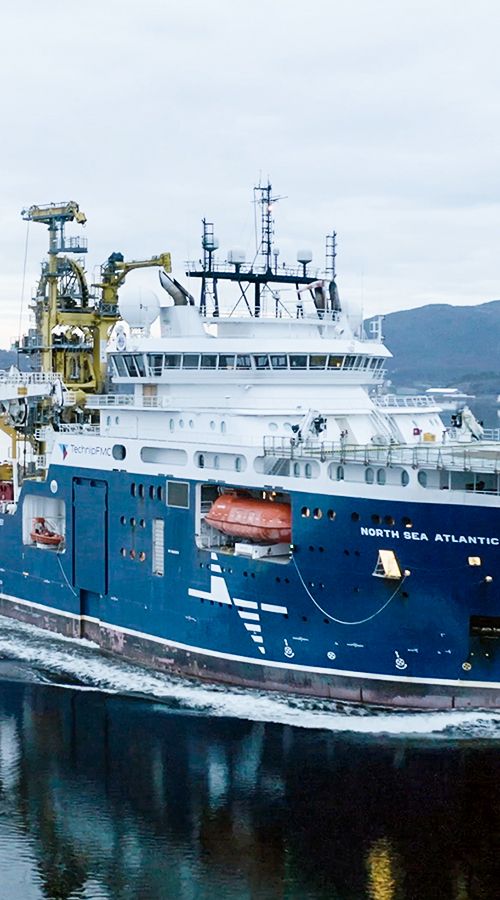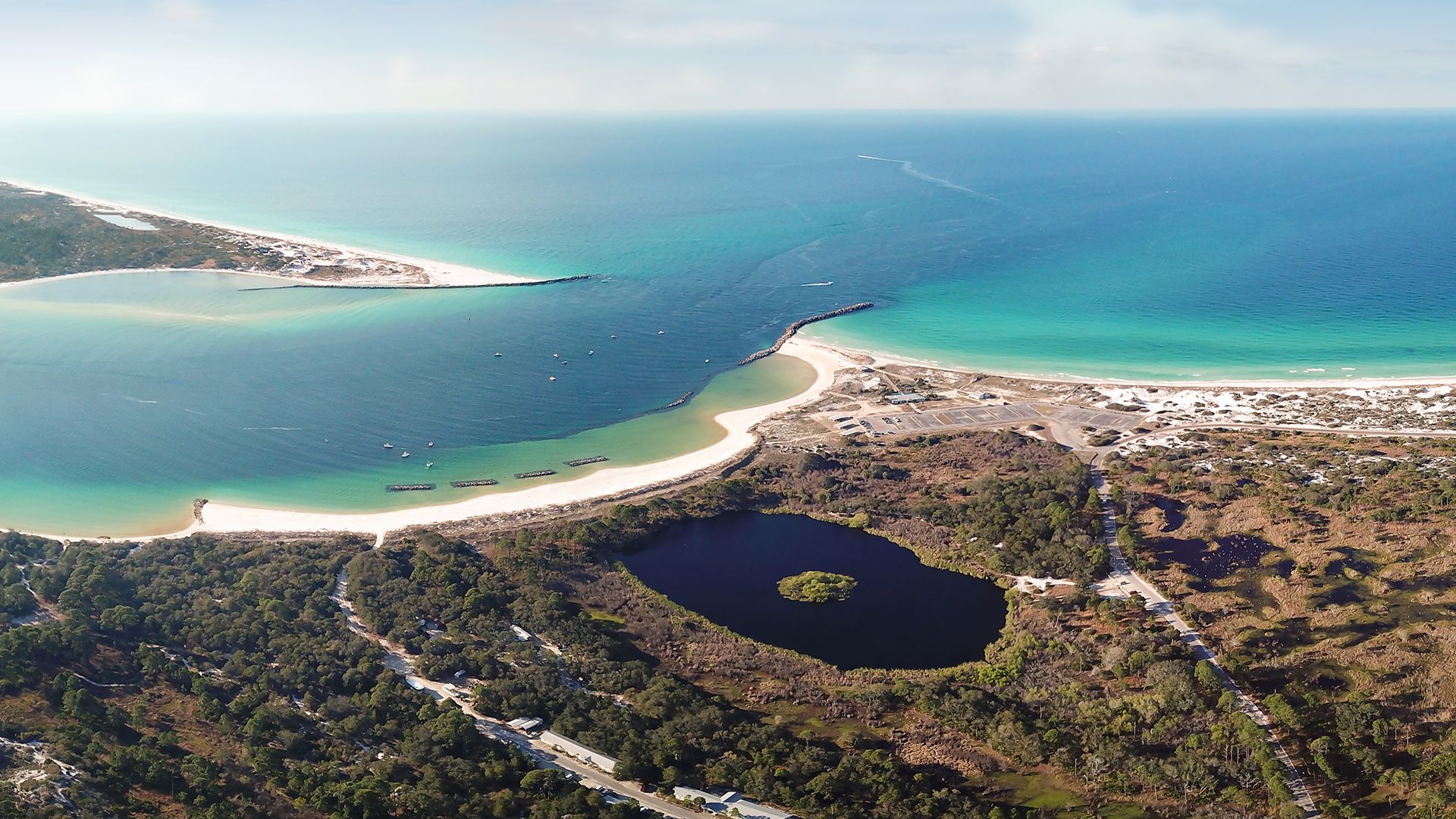Maria Phase 2 template successfully installed


- Latest development phase of Maria field takes shape
- Operator Wintershall Dea aims for new volumes using existing infrastructure
Wintershall Dea and its partners Petoro and Sval Energi have marked a major milestone for the second phase of the operated Maria field with the safe installation of an additional subsea template on the seabed at Haltenbanken on the west coast of Norway.
By extending the existing Maria field, the installation of a new subsea template supports the broader Wintershall Dea strategy of using nearby area infrastructure to produce new volumes in Norway. Maria is one of four offshore fields currently operated by Wintershall Dea in the country, with more under development.
“We believe that utilising existing infrastructure to produce hydrocarbons is one of the most effective ways to deliver the energy the world needs while contributing to reaching the climate goals. We will continue to invest to deliver efficient subsea engineering in Norway,” said Michael Zechner, Managing Director of Wintershall Dea Norge.
The new six-slot template will accommodate three producing wells and one water injector for pressure support. The two spare slots will be available for future development of the field.
“The safe installation of the template is a crucial step forward for the project. Maria Phase 2 will help to prolong the lifetime of the field and surrounding infrastructure. It will increase reserves and thus secure reliable energy to Europe,” said Vedad Hadziavdic, Maria Phase 2 Project Manager at Wintershall Dea.
TechnipFMC’s heavy subsea construction vessel, North Sea Atlantic, transported the 330-tonne template from Vestbase in Kristiansund in mid-Norway some 200 kilometres to the Maria field in the Norwegian Sea, where it was installed 300 metres below the sea surface. TechnipFMC was awarded the integrated Engineering, Procurement, Construction, and Installation (iEPCI) contract for Maria Phase 2 in April last year.
“In close collaboration with the Wintershall Dea project team, TechnipFMC, with their subcontractors, designed, built and installed the template on time, with solid HSE performance and excellent quality. A big thank you to all involved!” said Bård Owe Bakken, Maria Phase 2 Facilities Manager at Wintershall Dea.
About Maria Phase 2
The Maria Phase 2 project involves installation of a new six-slot template and four new wells, in the southern part of the Maria field, located about 200 kilometres off the coast of Norway. Maria, which is a subsea field originally developed with two templates, came on stream in 2017. This next phase of the Maria project is expected to add around 27 million barrels of oil equivalent to the total field reserves. Expected lifetime of the Maria field is 2040.
The new template will be connected to the existing infrastructure on the Maria field. The Maria well stream goes to the Kristin platform. Water injection comes from Heidrun, while lift gas is provided from Åsgard B via the Tyrihans subsea field. Processed oil is sent to the Åsgard field for storage and export. Gas is exported via the Åsgard Transport System to Kårstø.
Maria Phase 2 is planned for start-up in 2025.
Wintershall Dea Norge AS is operator of the Maria field with a 50% share. Petoro AS has 30% and Sval Energi AS owns 20%.
About Wintershall Dea
Wintershall Dea is transforming from the leading European independent gas and oil company to become a leading European independent gas and carbon management company. We have more than 120 years of experience as an operator and project partner along the entire E&P value chain. The company with German roots and headquarters in Kassel and Hamburg explores for and produces gas and oil in 11 countries worldwide in an efficient and responsible manner. With activities in Europe, Latin America and the MENA region (Middle East & North Africa), Wintershall Dea has a global upstream portfolio and, with its participation in natural gas transport, is also active in the midstream business. And we develop carbon management and low carbon hydrogen projects to contribute to climate goals and secure energy supplies. More in our Annual Report.
As a European gas and oil company, we support the EU's 2050 carbon neutrality target. As our contribution we have set ourselves ambitious targets: We want to be net zero across our entire upstream operations – both operated and non-operated – by 2030. This includes Scope 1 (direct) and Scope 2 (indirect) greenhouse gas emissions on an equity share basis. Wintershall Dea will also bring its methane emissions intensity below 0.1 per cent by 2025. We endorsed the World Bank’s Initiative ‘Zero Routine Flaring by 2030’ and continue to support the initiative aimed at eliminating routine flaring in operated assets by 2030. In addition, we plan to support global decarbonisation efforts by building up a carbon management and hydrogen business to potentially abate 20-30 million tonnes of CO2 per annum by 2040. You can find more about this in our Sustainability Report.
Wintershall Dea was formed from the merger of Wintershall Holding GmbH and DEA Deutsche Erdoel AG, in 2019. Today, the company employs more than 2,000 people worldwide from almost 60 nations.


